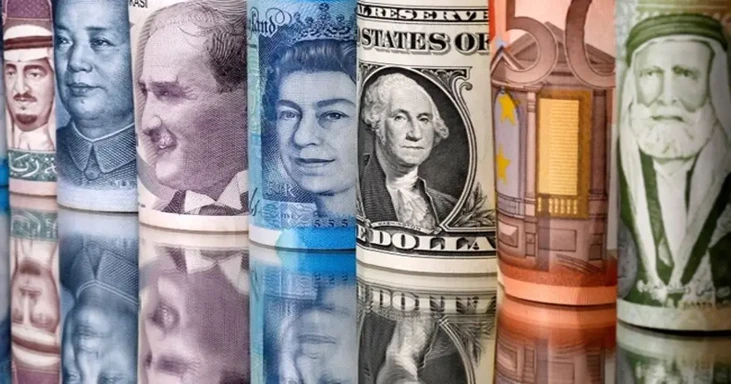
The World’s 10 Most Powerful Currencies: What Makes Them So Strong?
Published :
Last Updated :

Published :
Last Updated :
The public commonly recognizes the US dollar and the British pound as leading currencies, yet reality reveals that different holders hold this position. The actual situation differs substantially from people's expectations. A currency achieves its power through how it compares against main foreign currencies, international trade requests, and the condition of its parent nation's financial stability. The strongest currencies in the global market arise from oil-producing small countries with sound economies backed up by substantial foreign reserve holdings.
The Kuwaiti Dinar, along with the Bahraini Dinar plus the Omani Rial, maintain their top position as strong currencies since they have such high exchange rates with the US Dollar. The British Pound, Swiss Franc, and Euro maintain their strong currency positions because they are utilized worldwide and are backed by sound financial systems and investor confidence.
This article examines the world’s 10 most valuable currencies by studying their value attributes and intercurrent relations. The knowledge of these currencies enables readers to gain essential information about global financial systems, even if they are travelers or investors or a person who is just interested in economics. This article examines the strongest currencies alongside the factors that support their positions as leaders.
Here is some detailed insight into the top highest currencies in the world.
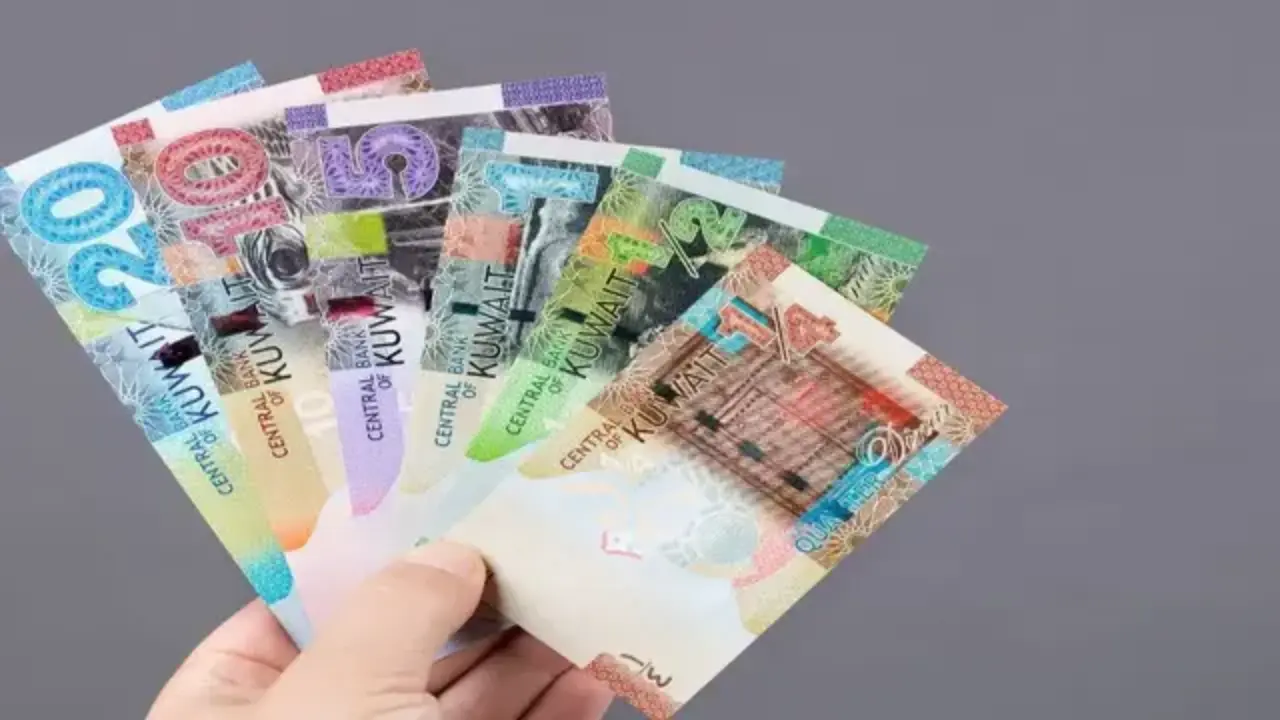
Among all currencies worldwide, the Kuwaiti Dinar (KWD) stands as the top strongest currency in the world because it maintains the highest exchange rate against the US Dollar. The country possesses massive oil reserves, which constitute its primary source of wealth, leading to its status as an extremely prosperous nation per person. The solid economy of Kuwait supports KWD's high economic value through well-designed government policies combined with a low rate of inflation.
The KWD operates as a currency basket rather than floating freely, which results in undisclosed currency baskets for the protection of its stable and robust value. Kuwait operates as a financial leader because of its oil exports and excellent economic management, which allows it to hold significant foreign currency reserves. The world’s most valuable currency position, Kuwait, continues because of its low unemployment rate combined with its high GDP. The strong purchase capabilities of the Kuwaiti Dinar make it the key currency within the Middle East region.
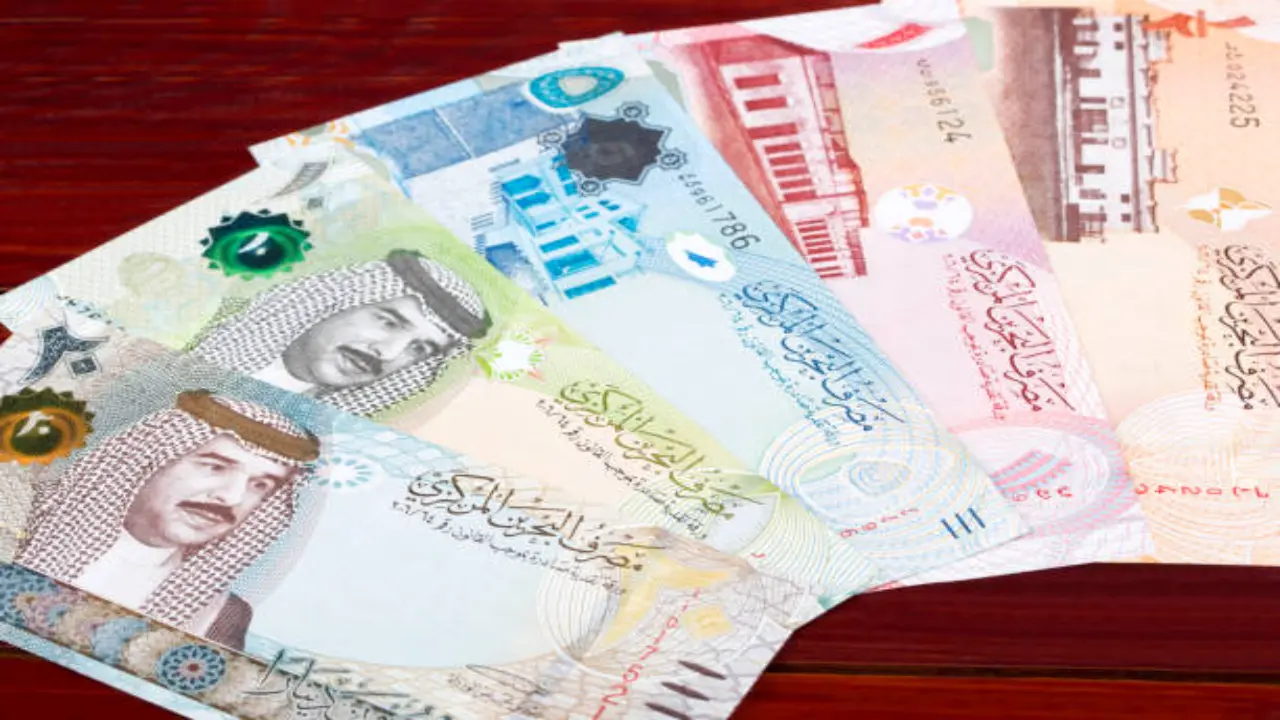
Bahrain's official currency, the Bahraini Dinar (BHD), holds the position as one of the top strongest currencies in the world. By linking its currency directly to the United States Dollar, Bahrain maintains high exchange value because of its strong economic fundamentals. The exchange rate stands at 1 BHD, which equals 2.65 USD. As an island country located in the Persian Gulf, Bahrain depends on its petroleum exports and flourishing financial industry for economic strength.
Bahrain maintains a strong economy based on banking activities and trade and supports its economy through tourism. Bahrain possesses an advanced financial system that lures businesses and investors from all around the world. Bahrain aims to secure economic growth by extending its business beyond petroleum through aluminum manufacturing and Islamic banking industries. The Bahraini Dinar produces stability through its exchange rate and maintains sufficient reserves, which makes it a sought-after Middle Eastern currency for financial exchanges.
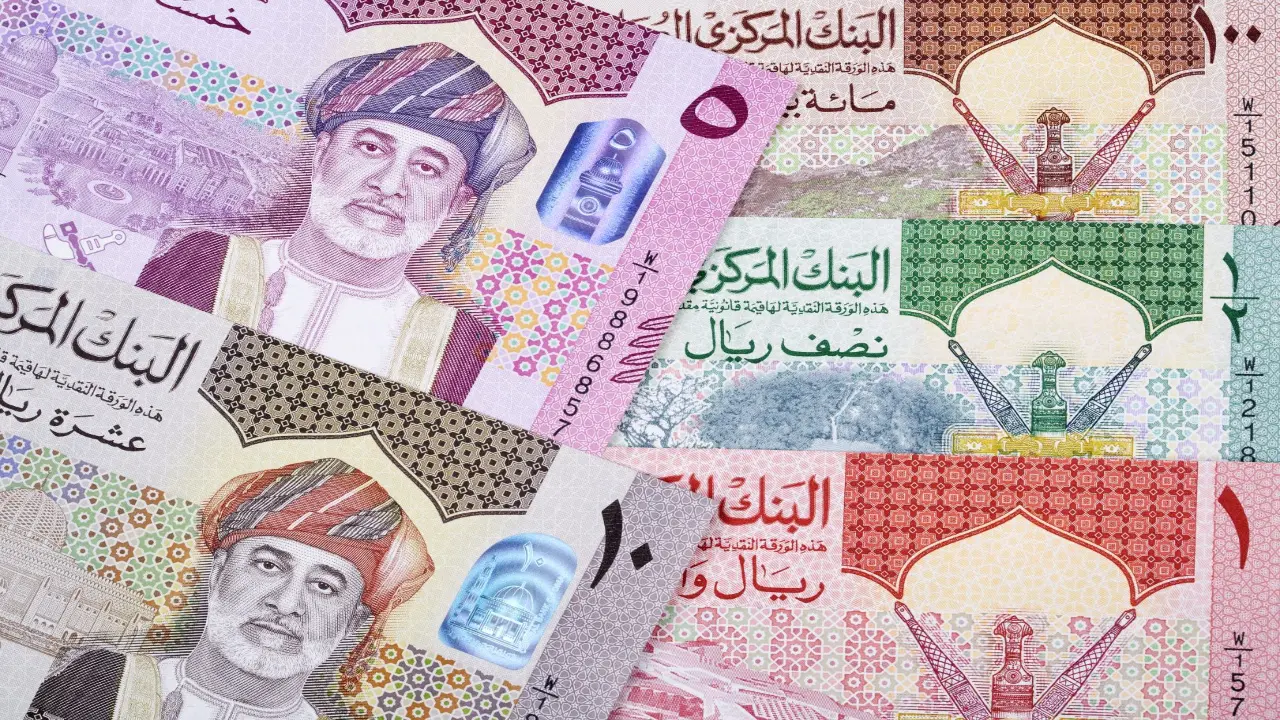
Omani Rial stands as one of the most powerful, thus exceeding both Euro and British Pound values. Oman operates a well-regulated economic system that stems from its oil production industry combined with trade activities. Oman maintains an exchange rate stability between the Rial and the US Dollar through government control.
The OMR maintains a strong reserve value because Oman follows fiscally cautious measures and keeps inflation levels exceptionally low. Oman stands apart from other oil-producing countries because it devoted its economic resources to developing tourism alongside maritime trade and fishing industries.
Due to its strength in value, the currency appears in fractional units where 1 Rial equals 1,000 baisa. Oman's strong economy, combined with its prudent monetary policy, makes the Omani Rial rank as one of the most valuable currencies globally.
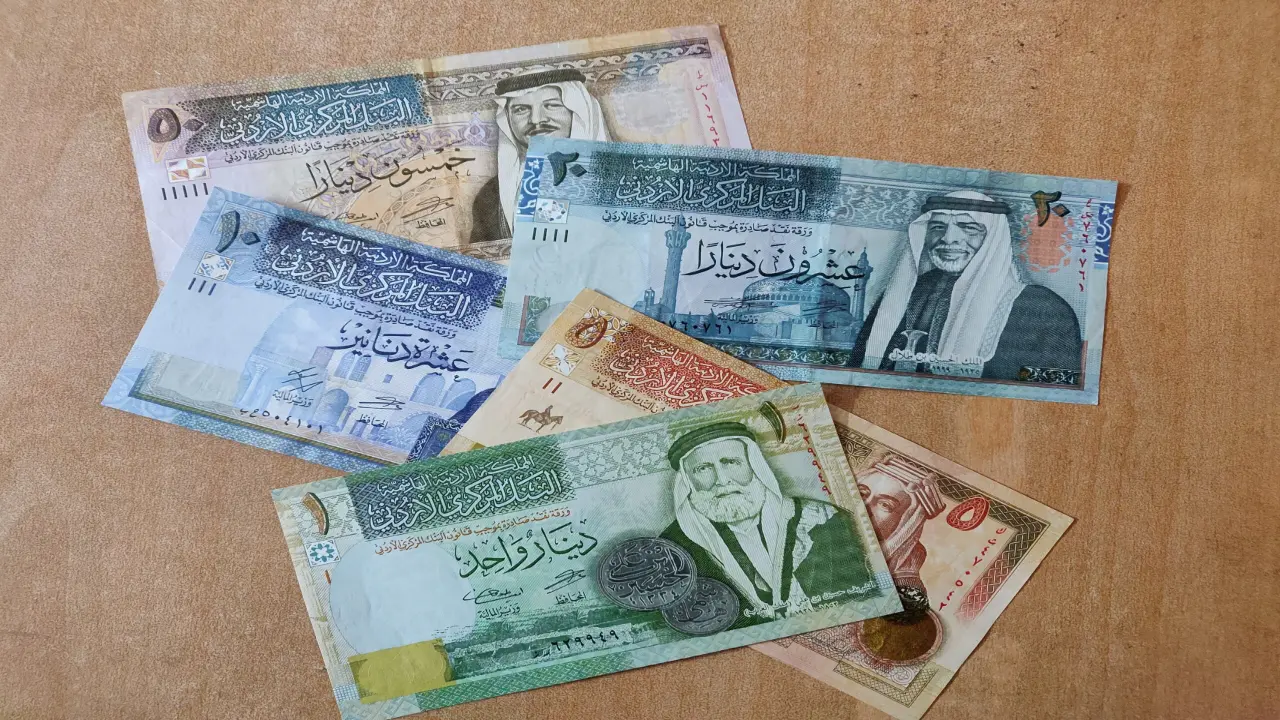
Since 1995, the Jordanian Dinar (JOD) has operated under a fixed exchange rate system with the US Dollar's position as the strongest currency in the Middle East. The currency stays stable in Jordan because of its strong banking operations and continuous influx of foreign aid resources, although the government does not have major oil reserves.
The economy of Jordan depends on three main pillars: finance sector management, tourism activities, and trade relations. The government implements economic reforms alongside foreign investment strategies to enhance its currency strength. Jordan maintains dependable neighborly and international organizational relationships to bolster Dinar's stability.
Financial deals conducted within Jordan as well as abroad operate smoothly because of the JOD's stable currency value. The JOD stands out from other regional currencies because it does not exhibit sharp currency movements, which makes it recognized as one of the most dependable currencies in the area. Businesses, along with investors choose JOD as their preferred currency because the exchange rate remains steady and the financial system supports it reliably.
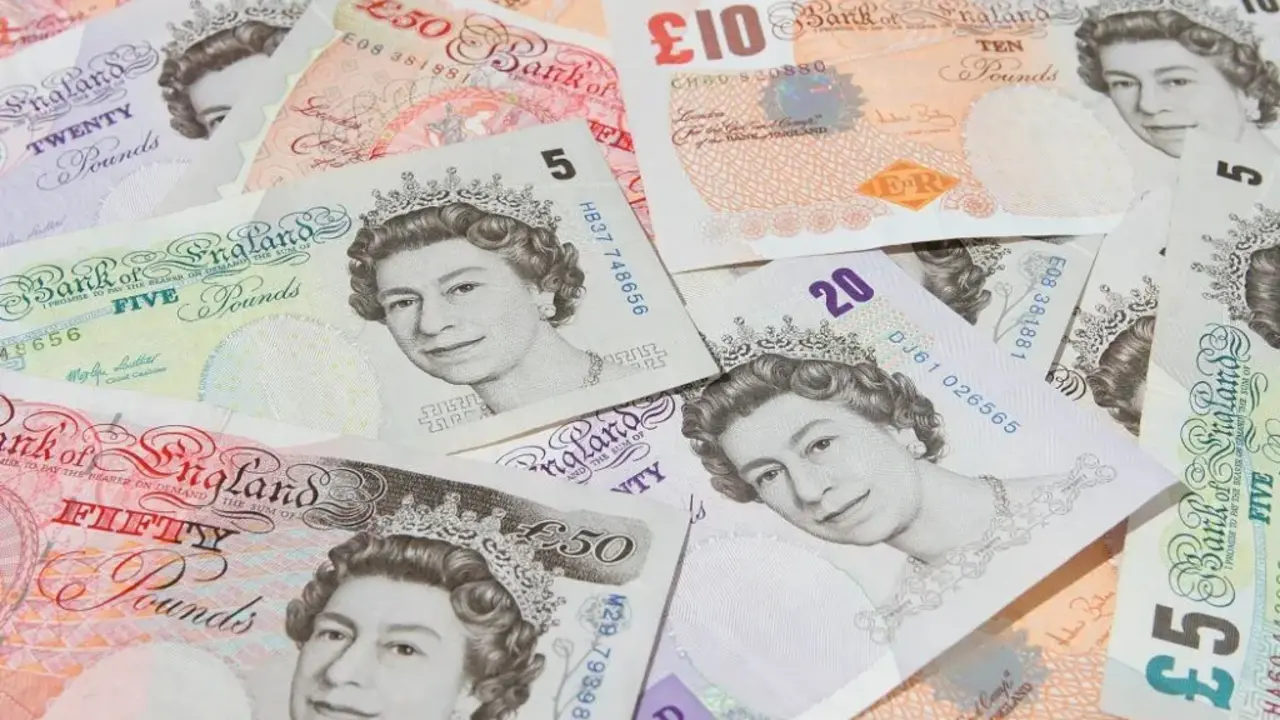
The British Pound Sterling (GBP) stands as one of the historical and commercially recognizable currencies that the world extensively uses. European countries acknowledge the British Pound as their strongest currency which maintains its position among the top global currency values. The British Pound benefits from an economy that stands among the biggest and most numerous sectors in the world.
London serves, with its global financial influence, as the main contributor to GBP's power status since it stands as a global financial hub. British currency retention through the Bank of England operates under thorough monetary practices to uphold its financial value. GBP functions as a popular choice for reserve currency ownership, which increases the demand from global markets.
Brexit challenges cannot weaken the British Pound since UK economic policies, along with trade partnerships, maintain its stability. More investors treat GBP as a dependable asset because it frequently serves in large international monetary operations.
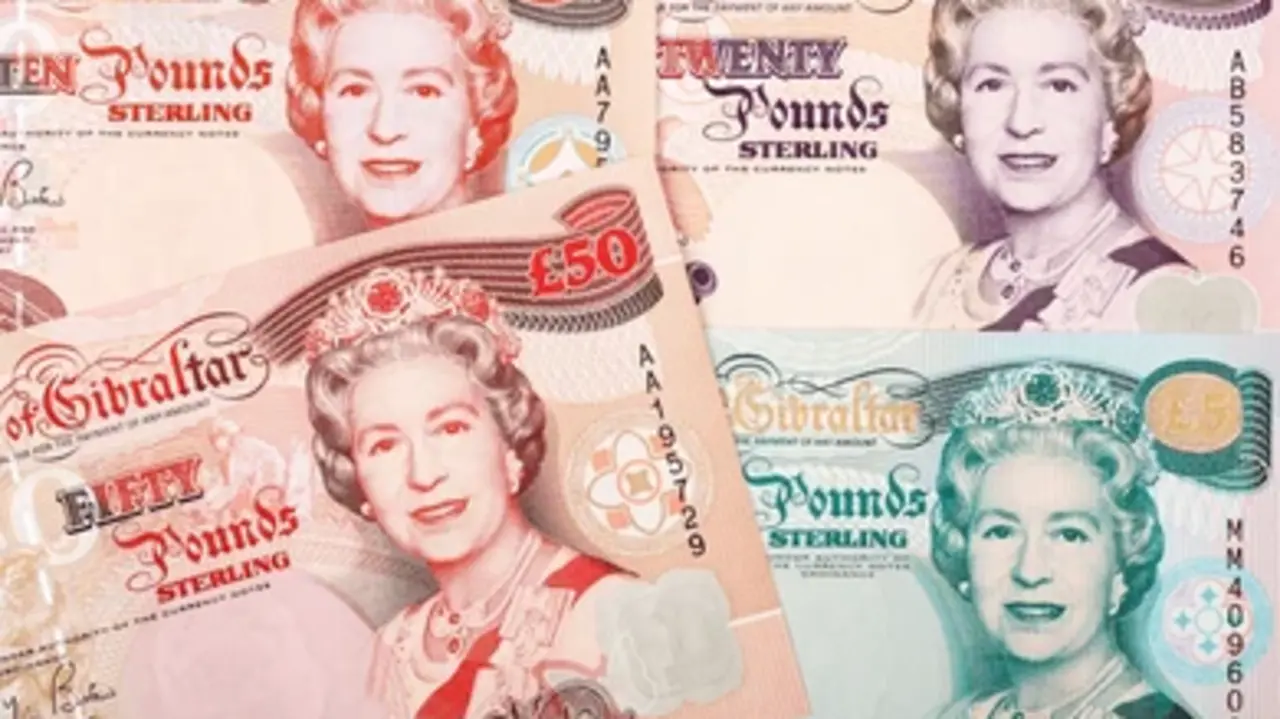
As an official currency, the Gibraltar Pound (GIP) governs the British overseas territory of Gibraltar, situated on the Spanish coasts near Spain. The British Pound there functions as the official monetary value through an exchange rate of GBP. Gibraltar uses GIP as its main currency, but residents can rely on GBP to conduct transactions outside their territory.
The economy of Gibraltar depends on tourism plus shipping and financial sector operations. Foreign banking institutions choose this area as their primary offshore banking destination. These connections between Gibraltar and the UK provide economic steadiness despite the fact that its money ranks among the most powerful available currencies.
Since it derives value from British economic ties, the Gibraltar Pound maintains its reliability but attracts limited use from international regions. The stable banking sector of Gibraltar, along with its economic policies, helps sustain the high value of the GIP.
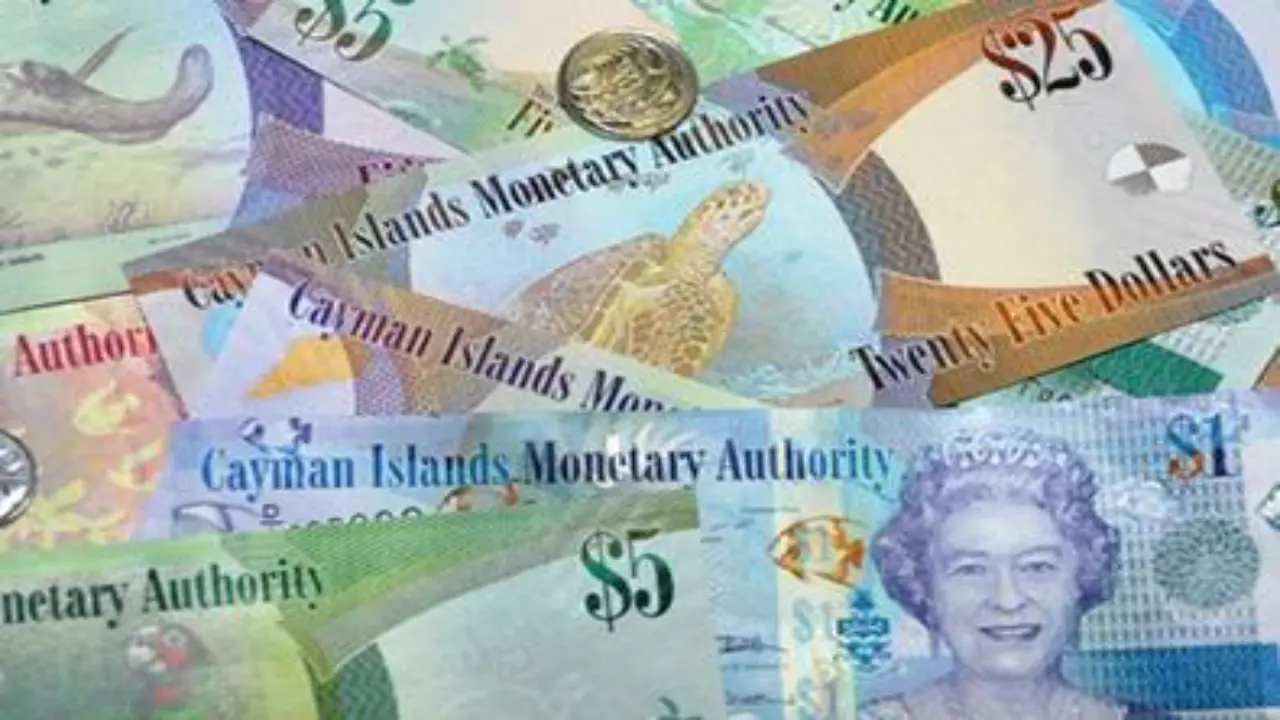
The Cayman Islands Dollar exists among the strongest currencies in the world because of its direct exchange rate connection to the US Dollar at 1 KYD = 1.20 USD. British Overseas Territory of the Cayman Islands maintains a solid financial structure while retaining its position as an international tax haven because of its strategic international status.
The KYD stays strong because of the banking and investment industries operating in the region. With over 100,000 registered businesses and many multinational corporations, the Cayman Islands benefit from a steady flow of foreign capital. Financial services providers choose the Cayman Islands because of its absence of direct taxation, which strengthens its currency even more.
As a direct result of its fixed currency value and solid banking industry the KYD stands among the most valuable top highest currencies in the world. The KYD maintains strong purchasing ability along with global interest because of which it functions as a prime transaction currency across the region.
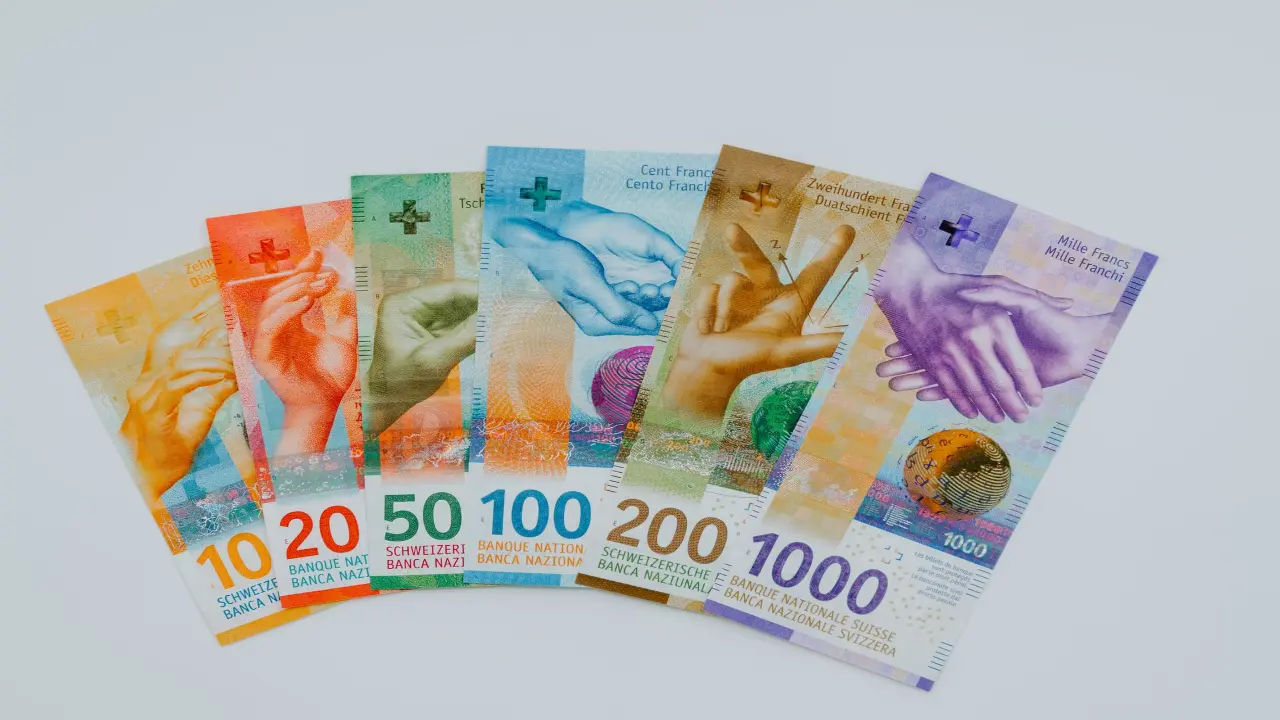
Switzerland features one of the most reliable and stable currencies currently in use worldwide through its Swiss Franc (CHF). Ernst & Young reports that Switzerland maintains a secure economy which possesses low inflation together with robust banking institutions. Swiss neutrality along with its reputation as a secure economic haven make the Franc currency strong.
Through its tight financial management measures Switzerland maintains steady performance of its currency. International banks rely on the CHF across the globe while the monetary instrument serves as a dependable currency reserve. Rising economic instability prompts numerous investors to select CHF as their preferred investment when markets decline because it holds a solid reputation as a stable currency.
As an advanced economy combined with its robust financial industry, Switzerland maintains strong respect for the Franc currency. CHF demonstrates enhanced strength because Switzerland directs its attention to developing innovative industries as well as export capabilities and precision manufacturing.
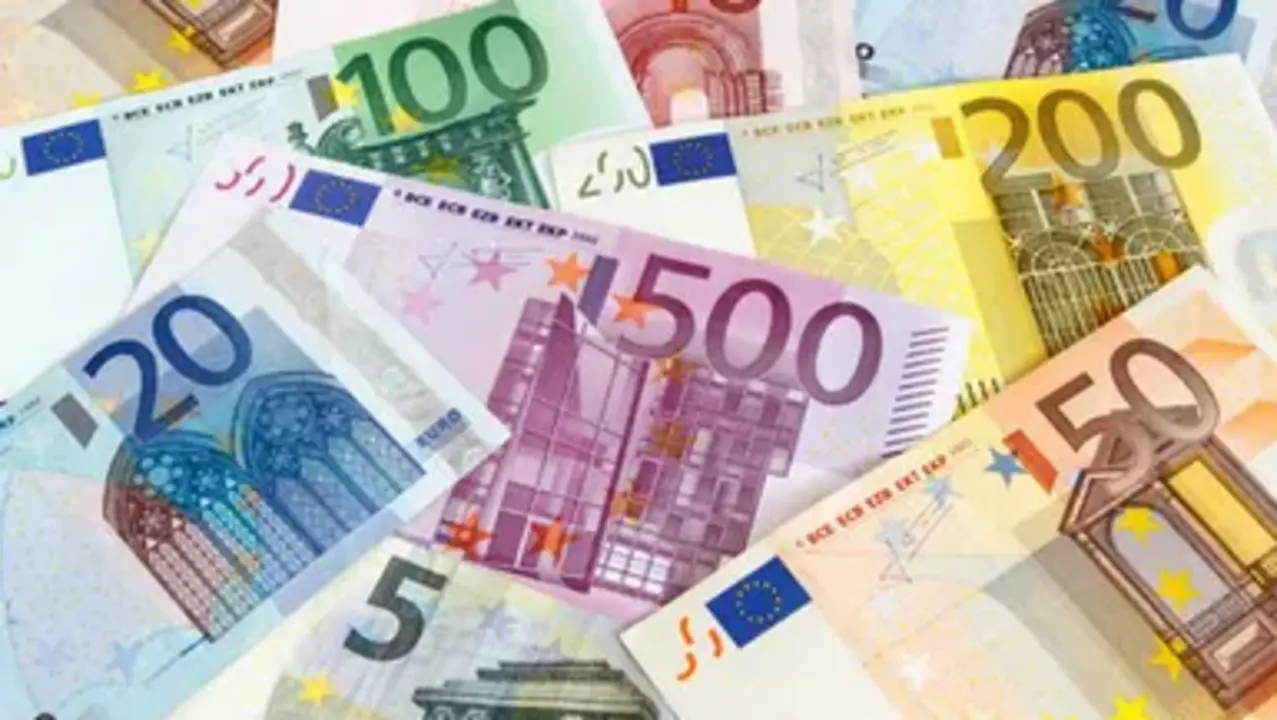
The Euro serves as the official currency of 20 European Union nations and functions among the top highest currencies in the world. The Euro started its operation in 1999 and developed into the world's second most-traded currency, following the US Dollar. Worldwide, central banks hold the second largest amount of Euro currency as a reserve because of its stability and its widespread use.
Economic power from major nations such as Germany, France, and Italy strengthens the value of the Eurozone currency. Despite brief financial setbacks, including the 2008 recession and inflation risk, the Euro maintains its position as a regarded and solid currency. International trade with financial market operations strengthens the value of this currency.
Member states of the Euro find it convenient to trade and invest because the Euro reduces exchange rate uncertainties between their regions. The currency continues to remain crucial in financial markets because of its worldwide market presence.
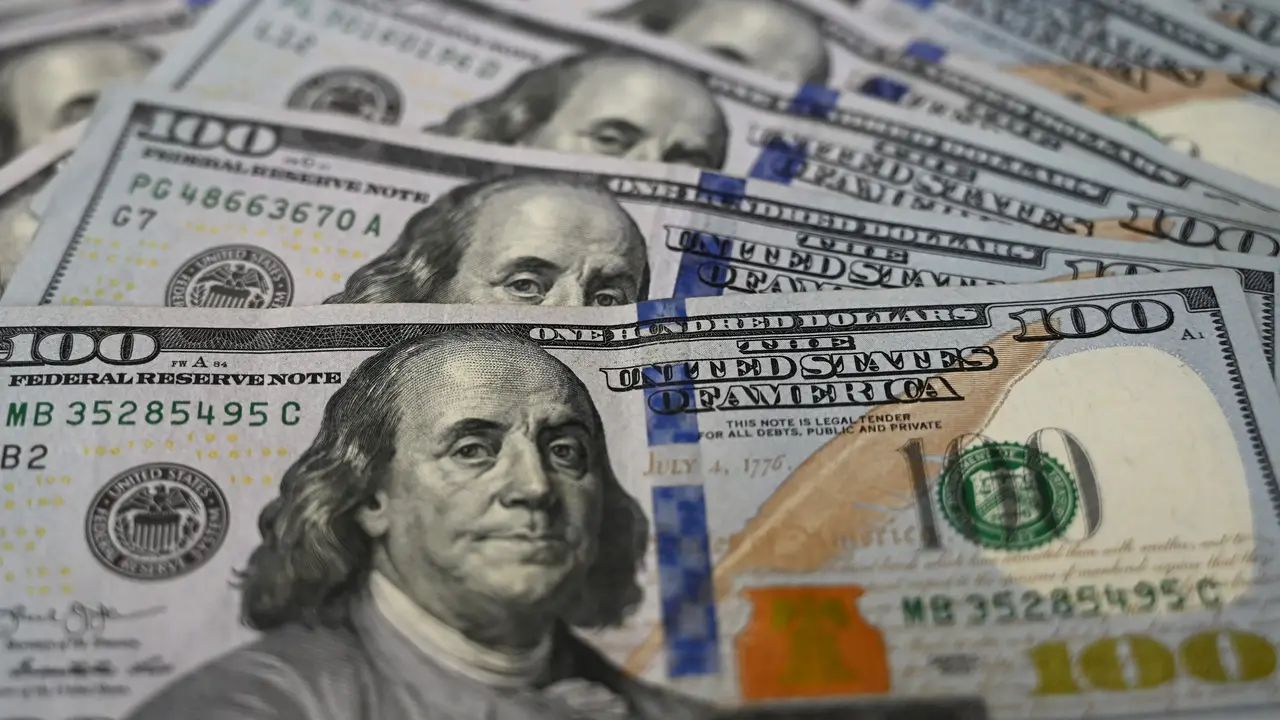
The US Dollar (USD) leads all currencies worldwide by being the global reserve currency while being the most exchanged currency in foreign exchange market operations. The dollar functions extensively in international trade and commodities deals such as oil and gold, as well as financial transaction processes. A large number of nations link their currencies to the US Dollar because of its extensive worldwide power.
The USD maintains its power because the United States operates the largest economy worldwide while Federal Reserve policies stay firm. The dollar functions as the best investment option for market participants because of its characteristics, which offer both high liquidity, stability and trustworthy value.
Many global markets choose the USD above all other currencies because of its unusual popularity regardless of inflation fluctuations or economic changes. The economic systems which have adopted dollarization demonstrate the increased importance of the US dollar. International trade operations and currency exchange rate systems rely on the US Dollar as their fundamental standard due to its global benchmark position.
A currency obtains strength from both foreign exchange valuation and domestic economic conditions, as well as its country's political conditions and financial stability. The Kuwaiti Dinar, Bahraini Dinar, and Omani Rial hold their value at high levels because the countries possess oil reserves along with effective economic practices. The British Pound, Swiss Franc, Euro, and US Dollar maintain their influential position in global markets because they enjoy widespread adoption and have solid financial institutions along with investor confidence.
Brokered currencies that connect to the US Dollar through the Jordanian Dinar and Bahraini Dinar obtain enhanced stability, yet independent currencies such as the Swiss Franc function as protectively harbored investments. Global trade activities, along with reserve allocation that show the dominance of the US Dollar and Euro, ultimately establish their powerful role in financial markets worldwide.
People who invest money and run businesses and travelers must understand which currencies maintain global financial power. When deciding to trade forex, invest in foreign assets, or travel abroad, you need to understand which currencies have the most market value to support your financial planning. The world market identifies currency power based on economic strength and stability regardless of global economic evolution that might affect currency rankings.
The currency gains value because Kuwait possesses considerable oil resources along with a financially stable economy and robust foreign exchange holdings.
Strong economic policy and low inflation rates, alongside controlled money supply and oil bounty, produce high exchange rates.
The British Pound (GBP) maintains the highest value among European currencies and comes behind the Swiss Franc (CHF) and Euro (EUR).
A currency that maintains strength comes from economic stability together with high interest rates, trade surplus, political stability and strong global market interest.
Near 90 percent of worldwide foreign exchange activities execute using the United States Dollar (USD).

Your gateway to offline planning in the digital realm. Discover a world of real estate opportunities through our immersive offline property website experience

Apartments
Studios
AED 640,000
Dubai Land Residence Complex
Studio, 1, 2 & 3
440 - 1670 Sq Ft

Apartments
AED 1,920,000
Dubai Islands
1, 2, 3 & 4
827 - 2536 Sq Ft

Apartments
Duplexes
AED 2,700,000
City Walk
1, 2, 3 & 4

Apartments
Penthouses
AED 2,200,000
Dubai Islands
1, 2 & 3
825 - 5,610 Sq Ft

Villas
Plots
AED 17,500,000
Dubai Hills Estate
5 & 6
12,917 - 25,913 Sq Ft

Apartments
AED 1,950,000
Meydan
1, 2 & 3
798 - 2,015 Sq Ft

Apartments
Studios
AED 640,000
Dubai Land Residence Complex
Studio, 1, 2 & 3
440 - 1670 Sq Ft

Apartments
AED 1,920,000
Dubai Islands
1, 2, 3 & 4
827 - 2536 Sq Ft

Apartments
Duplexes
AED 2,700,000
City Walk
1, 2, 3 & 4

Apartments
Duplexes
AED 2,800,000
City Walk
1, 2, 3 & 4
787 - 5920 Sq Ft

Apartments
AED Coming soon
Dubai Maritime City

Apartments
Penthouses
AED 2,200,000
Dubai Islands
1, 2 & 3
825 - 5,610 Sq Ft

Commercial
AED Coming soon
Business Bay

Apartments
Commercial
AED 1,900,000
Sheikh Zayed Road
1, 2 & 3

Apartments
Commercial
AED 1,142,000
Damac hills
1 & 2
740 - 6588 Sq Ft

Commercial
AED Coming soon
Mohammed bin Rashid City

Apartments
Duplexes
AED 2,700,000
City Walk
1, 2, 3 & 4

Apartments
Duplexes
AED 2,800,000
City Walk
1, 2, 3 & 4
787 - 5920 Sq Ft

Apartments
Penthouses
Duplexes
AED 1,700,000
Dubai Islands
1, 2, 3 & 4
800 - 5964 Sq Ft

Apartments
Penthouses
Duplexes
AED Coming soon
Dubai Islands
1, 2, 3 & 4
800 - 5964 Sq Ft

Apartments
Townhouses
Duplexes
Studios
AED 800,000
Dubai Land Residence Complex
Studio, 1, 2, 3 & 4

Apartments
Penthouses
Duplexes
AED 16,500,000
Palm Jumeirah
2, 3, 4 & 5
2572 - 18804

Villas
Mansions
AED 20,000,000
Mohammed bin Rashid City
5 & 6
13,007 - 13,568 Sq Ft

Villas
Mansions
AED 11,800,000
Jumeirah Golf Estates
4, 5 & 6
6069 - 10762 Sq Ft

Apartments
Penthouses
Mansions
AED 5,500,000
Palm Jumeirah
1, 2, 3, 4, 5 & 6
940 - 11830 Sq Ft

Mansions
AED 65,000,000
Jumeirah
7
41550 - 49062 Sq Ft

Mansions
AED Coming soon
Tilal Al Ghaf
6 & 7

Mansions
AED Coming soon
Tilal Al Ghaf

Apartments
Penthouses
AED 2,200,000
Dubai Islands
1, 2 & 3
825 - 5,610 Sq Ft

Apartments
Penthouses
AED 1,900,000
Dubai Islands
1, 2 & 3

Apartments
Penthouses
AED Coming soon
Dubai Maritime City
1, 2 & 3

Apartments
Penthouses
Duplexes
AED Coming soon
Dubai Islands
1, 2, 3 & 4
800 - 5964 Sq Ft

Apartments
Penthouses
Duplexes
AED 1,700,000
Dubai Islands
1, 2, 3 & 4
800 - 5964 Sq Ft

Apartments
Penthouses
AED 2,370,000
Dubai Maritime City
1,. 2 & 3
778 - 5542 Sq Ft

Apartments
Studios
AED 640,000
Dubai Land Residence Complex
Studio, 1, 2 & 3
440 - 1670 Sq Ft

Apartments
Studios
AED 1,250,000
Dubai Internet City
studio & 1

Apartments
Studios
AED 482,000
Dubai South
Studio & 1

Apartments
Studios
AED 690,000
Dubai South
Studio, 1 & 2
525 - 1,013 Sq Ft

Apartments
Studios
AED 900,000
Jumeirah Garden City
Studio, 1 & 2
465 - 2,236 Sq Ft

Apartments
Studios
AED 660,000
Jumeirah Village Circle
Studio, 1 & 2

Villas
Townhouses
AED 6,150,000
Nad Al Sheba
3, 4 & 5
3252 - 5650 Sq Ft

Villas
Townhouses
AED Coming soon
Dubai Investments Park

Apartments
Townhouses
Duplexes
Studios
AED 800,000
Dubai Land Residence Complex
Studio, 1, 2, 3 & 4

Apartments
Townhouses
AED 1,060,000
Emaar South
1, 2 & 3
671 - 3,081 Sq Ft

Townhouses
AED Coming soon
Damac Islands 2

Townhouses
AED Coming soon
Damac Islands 2

Villas
Plots
AED 17,500,000
Dubai Hills Estate
5 & 6
12,917 - 25,913 Sq Ft

Villas
Mansions
AED 20,000,000
Mohammed bin Rashid City
5 & 6
13,007 - 13,568 Sq Ft

Villas
AED 7,090,000
The Valley
4 & 5
4345 - 7853 Sq Ft

Villas
AED 7,300,000
The Valley
4 & 5
4346 - 7857 Sq Ft

Villas
Townhouses
AED 6,150,000
Nad Al Sheba
3, 4 & 5
3252 - 5650 Sq Ft

Villas
Townhouses
AED Coming soon
Dubai Investments Park
Subscribe to our Daily, Weekly and Monthly Newsletters, Expert Advice and Latest Launch with Zero Spam, Unsubscribe Anytime.